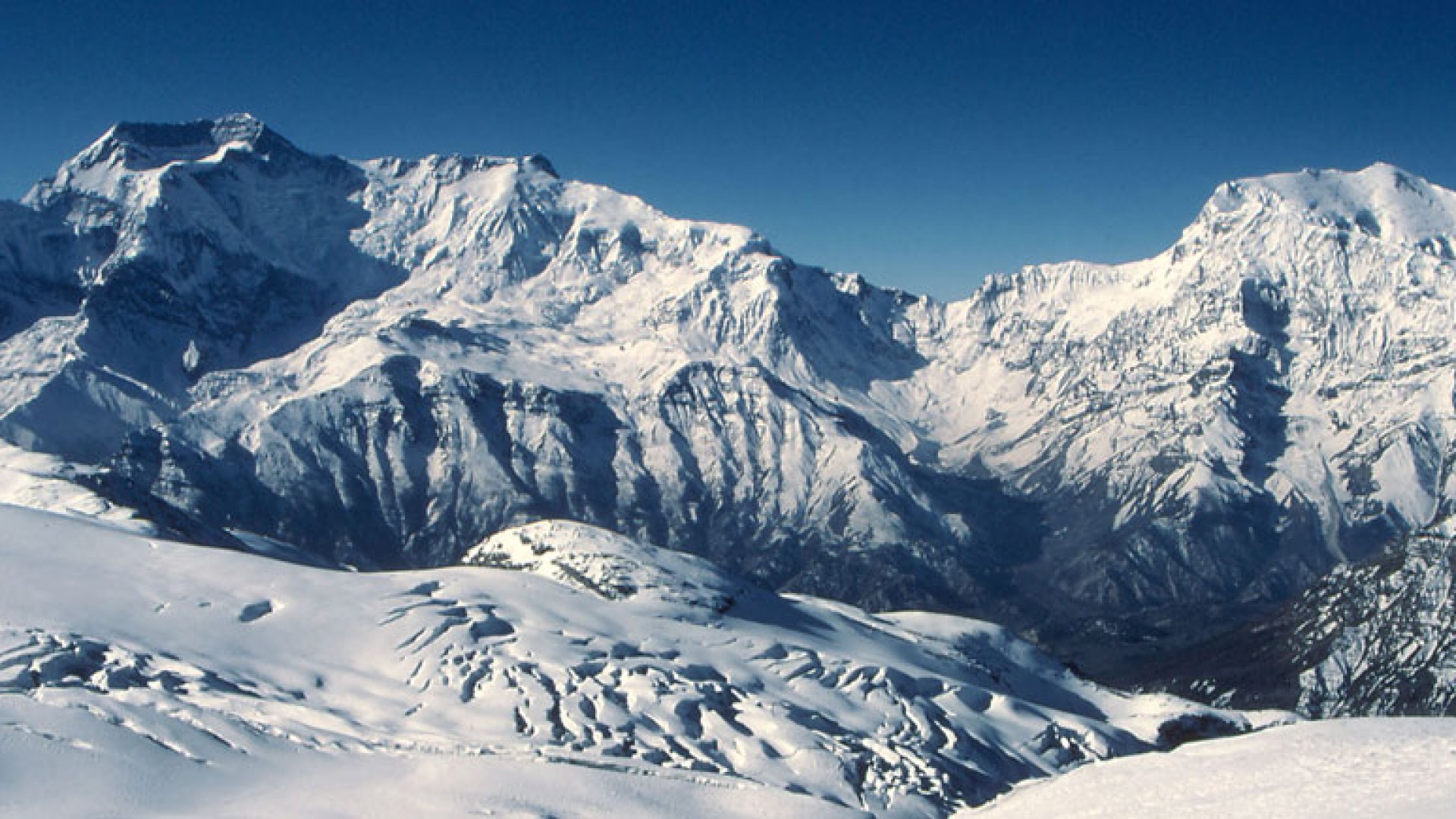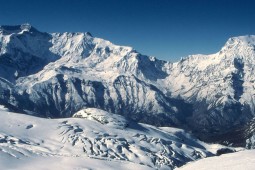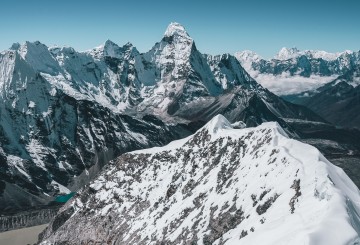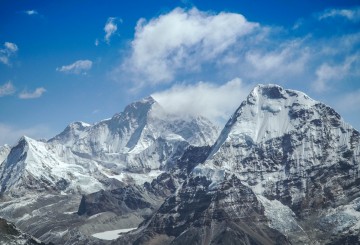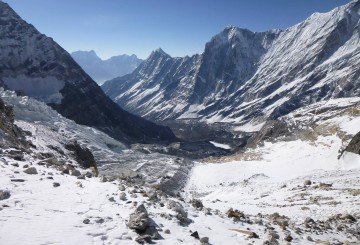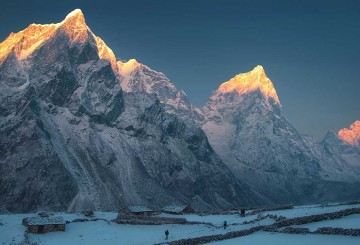Upon your arrival, our representative from Himalayan Sherpa Adventure awaits you at the airport. We will then proceed towards your hotel and brief you about Nepal and your trek. In the evening, we take you to a traditional Nepali restaurant for dinner where we will give you more information about the tour, your city sightseeing and also answer any questions you may have. Overnight in Hotel Mulberry. (B, D)

Among the series of Chulu peaks, Chulu Far East (6059m) is considered to be the easier to climb amongst them. Chulu peak is located high over the Manang valley and is technically moderate, making it one of the most beautiful climbing trips in the whole Annapurna region. Chulu Massif rises north of the Marshyangdi Khola in the Manang region and forms part of the Manang Himal, which is all part of the larger Damodar Himal.
Chulu peak is best when combined with the Annapurna Circuit Trek, as it offers the best of the Annapurna Himalayas experience. This journey takes you through the traditional Gurung villages, the lush green valleys and the beautiful Annapurna ranges. From the summit of Chulu Far East, the gorgeous views of Annapurna II, III, IV, Manaslu, Gangapurna, Chulu West, Pisang Peak and others can be discovered. On our itinerary, we have also included a visit to the world’s highest lake - Tilicho Lake (4949m), which holds a special place among all Hindu followers. We end our journey by crossing the Mesokanta La (pass) from where we access an amazing view of Mustang and the Tibetan plateau. This tour encompasses the whole Annapurna region and takes you through the tranquil landscapes while experiencing the religious importance it holds for the local people.
-
Day 1 Arrive in Kathmandu
-
Day 2 Sightseeing in Kathmandu
Our guide will check your equipment in the morning to see if everything is fine. We will then start our site seeing tour, heading to at least 3 major attractions in Kathmandu. Our sightseeing starts in the morning and should finish around 3 pm. Some major sightseeing places are Pashupatinath, Boudhanath, Swayambhunath, Kathmandu Durbar square etc. You will have the rest of the day free and also a chance to do any last minute shopping before your trek. Overnight in Hotel Mulberry. (B)
-
Day 3 Drive Kathmandu to Chame (2,710m) 9 - 10 hrs
Today we take a long and scenic drive form Kathmandu towards Chame. Our drive begins from the banks of the Trishuli River and later along the banks of Marshyangdi River. Before, we could only drive up to Besisahar, but now due to road expansion, it is possible to drive all the way to Chame. We get to witness the countryside of Nepal, the scenic valleys and beautiful mountain ranges during the drive. Overnight in Chame. (B, D)
-
Day 4 Trek Chame to Pisang (3,300m) 5 - 6 hrs
After breakfast, we start our trek from Chame. The trail is steep and narrow through a dense forest which brings us to a dramatic curved rock face of Paungda Hill. As we follow this path, we find ourselves surrounded by the majestic Himalayas. We continue our trek until we reach Pisang where we will stay overnight. Overnight in Pisang. (B, D)
-
Day 5 Pisang to Humde Village (3,330m) 3 - 4 hrs
Today we leave Pisang for Humde village. It is a relatively short trekking day. Humde is a tiny village with only a couple tea houses and lodges. Humde village is popular for having the longest prayer wheels in this region with a total of 266 wheels in the centre of the village. Overnight in Humde. (B, D)
-
Day 6 Humde to Julu Khola (3,500m) 3 - 4 hrs
Todays trek gives us access to majestic views of the Annapurna Valleys and Dhaulagiri Himalayan Ranges. The trail also offers a sight of Pisang Peak. At Juju Khola, our camping crew will have set up our camps where we will stay overnight. Overnight in Camp. (B, L, D)
-
Day 7 Acclimatization Day at Julu Khola
We will use our day solely for acclimatization purpose. There are a few hikes around Juju Khola, like the Juju peak base camp trail. We trek to the base camp where amazing views of Annapurna and Pisang peak can be seen. We will descend down to base camp and stay overnight. Overnight in camp. (B, L, D)
-
Day 8 Julu Khola to Chulu Far East Base Camp (5,000m) 5 - 6 hrs
Our trail today will be a steep climb all the way to Chulu Base Camp. Our trek goes through rocky trails while having an amazing view of Annapurna all along. Our camping crew will go ahead and set up the camps for us. Overnight in camp. (B, L, D)
-
Day 9 Acclimatization Day at Chulu Far East Base Camp
Today is a vital day as we will use our acclimatization day to know about our summit and more importantly all our climbing gear with our mountain guide. We will also hike to the near glacier and practice the use of our climbing equipment. Our mountain guide will give you hands on knowledge and techniques on how to use the gear. As we get more familiar with our equipment, we will be ready to conquer the mountain ahead, both mentally and physically. Overnight in camp. (B, L, D)
-
Day 10 Base Camp to Chulu Far East High Camp (5,500m) 3 - 4 hrs
Today we climb higher towards High Camp where we trek through snowy slopes. Amazing views of Pisang Peak and Annapurna Valley can be seen from here. Our camping crew will set up the camps before we arrive and have some coffee/tea waiting for when we arrive. Once in high camp, we will do a final gear check, equipments rehearsal and also information about the climb as we will start our summit push the next morning. Overnight in camp. (B, L, D)
-
Day 11 Summit to Chulu Far East Peak (6,059m) and back to Base Camp: 8 - 9 hrs
Summit day! Like all our expeditions, we start very early around 1-2 am with the goal to reach the summit at the break of dawn and get the best view of the Himalayas. Strong winds are a major factor and can be detrimental in any expedition, hence we must start early. Another good reason to start early is to witness the beautiful sunrise over the Himalayas. In that priceless moment, all our efforts will be worth it! We get equipped with all our gear, have a heavy breakfast, and take off on our long journey ahead. Our path begins with steep, rocky and snowy trails. We will need to cross certain routes with the help of ropes. Our guide will be there to help you all along the way. After a long and difficult day of climbing, we reach the summit of Chulu Far East. We are immediately rewarded with amazing vistas of Annapurna II, III, IV, Gangapurna, Manaslu, Pisang and other glorious peaks. We will spend some time at the summit celebrating and cherishing all the hard work that was needed to get here. Later, we will descend down carefully back to the Base camp where we will spend the night. Overnight in Base Camp. (B, L, D)
-
Day 12 Chulu Far East Base Camp to Manang (3,35m) 5 - 6 hrs
After our successful summit, we head towards the beautiful village of Manang. Manang is located just below the famous Thorong La Pass located within the Annapurna Conservation Area. Gurung, Ghale and Lamas are the major residents of this village and are also known as Mananges. We will spend our night in Manang. (B, D)
-
Day 13 Manang to Siri Kharka (4,060m) 4 - 5 hrs
We head towards Siri Kharka today via Khangsar Khola. We cross the Khangsar Khola bridge to reach Khangsar village and from there we continue uphill to finally arrive in Siri Kharka where we will stay overnight. (B, D)
-
Day 14 Siri Kharka to Tilicho Base Camp (4,140m) 5 - 6 hrs
Our journey to Tilicho Base Camp will be mostly downhill. Some sections of the trails will be very narrow as we will pass through some land slide zones. We will need to be wary while walking as some rocks can slide from the hill. The trail is full of excitement as we will cross several icy lakes and trek over glaciers before reaching Tilicho Base Camp. Overnight in Tilicho Base Camp. (B, L, D)
-
Day 15 Tilicho Base Camp to Tilicho Lake (4,949m) *Hours Needed*
We head to Tilicho Lake after our breakfast. Our hike today is a steep hill till we reach Tilicho Lake. Tilicho Lake is the highest altitude lake in the world and its beauty is inspiring. After reaching Tilicho lake, we will explore the lake and its surrounding. Tilicho lake is also considered to be a sacred lake among Hindus who come here to worship the lake. Our camping crew will set up camps by the lake, as we will be spending our night here gazing the starry nights and mighty Himalayas around. Overnight in camp. (B, L, D)
-
Day 16 Tilicho Lake to Mesokanta La Pass to Yak Kharka (4,200m) 7 - 8 hrs
Following Tilicho lake, today we cross the Mesokanta La (5121m). From the pass, we can enjoy breathtaking views of Dhaulagiri, Nilgiri, Tilicho Himal and Tukuche Peak. After crossing the pass, we descend until the trail connects us to Yak Kharka. Overnight in camp. (B, L, D)
-
Day 17 Yak Kharka to Jomsom: (2,743m) 5 - 6 hrs
Our trail to Jomsom leads us to the village of Marpha. Marpha is popular for its apples as they are sold all over Nepal. Following Marpha, we head to our destination of Jomsom with a relatively easy trail. Jomsom is also the administrative center for Mustang district and holds economic value for the region as it has the only airstrip of the region and also access to several tea houses and lodges. We will celebrate our successful summit of Chulu Far East and final dinner in Jomsom with all our crew. Overnight in Jomsom. (B, D)
-
Day 18: Jomsom to Pokhara (820m) 25 minutes by flight.
After breakfast, we bid goodbye to our trekking team and start our scenic flight from Jomsom to Pokhara. Our flight path passes right between Mt Annapurna and Mt Dhaulagiri. After landing in Pokhara, we drop you to your hotel. The rest of the day is free to explore the beautiful city of Pokhara. Pokhara has many beautiful sites to visit and Phewa lake and the lakeside walk is a main attraction. Overnight in Mt Kailash Resort. (B)
-
Day 19: Drive/ Fly Pokhara to Kathmandu: 6 – 7 hrs.
We have an early morning drive back to Kathmandu in a tourist bus. We will stop for lunch break in between and will reach Kathmandu in the afternoon. We will drop you to your hotel and the rest of the day is free for leisure. Overnight in Hotel Mulberry. (B)
-
Day 20: Final Departure.
We bid a final farewell and drop you to the airport for your departure. (B)
What's Included ?
- All airport and hotel transfers
- 3 nights of hotel stay in Kathmandu on Bed & Breakfast basis
- Professionally trained and experienced tour guide and assistant guides
- Welcome/or Farewell Dinner
- Transportation in our private company vehicle
- Entrance permit and fees for all the Heritage sites
- Trekking permits and Peak permits
- All government and local taxes
What's Excluded ?
- Lunch and Dinner in Kathmandu
- Tips for guides and drivers
- Personal expenses
- Personal Insurance– travel and rescue insurance
- Airfare for international flights to and from Kathmandu
- Rescue services
- Nepalese visa fee
- Services not mentioned in the “Included” section
-
1. What is the best time to visit the Mustang region?
- Trekking in the Annapurna region is possible any time of the year. However, the most popular months for trekking are March, April, May and September, October, November, as these months are when the conditions are at their best. The spring and autumn tend to offer reasonable temperatures, clear skies, little to no rain and less chance of problematic snowfall. The average temperature around this time can range from a high around 25 degrees Celsius during the day to -15 degree Celsius at night. - December, January and February have colder temperatures and are less frequently travelled, but this should not deter you from making your trip to the Annapurna region during these months. The weather is very clear allowing you to see all the majestic mountains and most of the lodges and tea houses are open during this time. Best of all, you don’t have to deal with crowds and will have all the views to yourself!
-
2. How do you get to the Mustang region?
- The most popular and comfortable way to travel the Annapurna region is by a short 30 minutes flight from Kathmandu to Pokhara. From Pokhara, your team will drive to the starting point of the trek. - There is an alternative way to reach the Annapurna region by driving from Kathmandu 6 hours to Pokhara and then continue on to the starting point of the trek.
-
3. What is the luggage weight limit on flights to the Mustang region? Do we need to use duffle bags instead of regular luggage (with frame and roller)?
- The luggage weight limit on Annapurna flights are 15 kgs luggage and 5 kgs of hand carry (personal backpack). Before you start your trek, any unwanted luggages can be left in your hotel in Kathmandu. They will happily store it for you as you will be using the same hotel once your trek ends. - Yes, Duffle bags are better while in the trek because it can store more luggages and helps our porter to manage his load better.
-
4. Where will we be staying during our trek and what to expect from the accommodations? What kind of meals should I expect during the trek?
- We use only the best available accommodations during our treks which can include hotels, lodges and tea houses. Through our decades of experience, we have selected these places for their hygiene, amenities and client satisfaction. - During your trek the food choices might be more limited but you can always expect to find staples such as Dal Bhat, driving from Kathmandu 6 hours to Pokhara and then continue on to the starting point of the trek. 3. What is the luggage weight limit on flights to the Mustang region? Do we need to use duffle bags instead of regular luggage (with frame and roller)? - The luggage weight limit on Annapurna flights are 15 kgs luggage and 5 kgs of hand carry (personal backpack). Before you start your trek, any unwanted luggages can be left in your hotel in Kathmandu. They will happily store it for you as you will be using the same hotel once your trek ends. - Yes, Duffle bags are better while in the trek because it can store more luggages and helps our porter to manage his load better. 4. Where will we be staying during our trek and what to expect from the accommodations? What kind of meals should I expect during the trek? - We use only the best available accommodations during our treks which can include hotels, lodges and tea houses. Through our decades of experience, we have selected these places for their hygiene, amenities and client satisfaction. - During your trek the food choices might be more limited but you can always expect to find staples such as Dal Bhat, Noodles/ Chowmein, Fried rice, Sandwiches, Soups and French Fries. You can also find some vegetarian options as well. Another common popular Nepali dish is Momo (dumpling) which is very popular among the locals. Make sure to try one when you can.
-
5. Do we need to bring towel, toilet paper? Do all the hotels/ lodges on the route provide bathroom, hot shower and toiletries?
- Not all hotels/ lodges provide the items mentioned above. We recommend all our clients to bring their own toiletries, towel and toilet paper. Some lodges will provide attached bathroom with hot shower in your room while others will just provide a common bathroom. - The Annapurna region is still a remote mountain area that is mostly inaccessible by road. Hence, most of the goods and supplies in this region have to be carried by porters or mules. This makes it very difficult and expensive to provide all the facilities and please keep in mind that the higher you trek, the lesser facilities will be available.
-
6. Do we need to bring a sleeping bag and how warm will the room be?
- If you are traveling Manang region in autumn then you will most likely not need a sleeping bag but if you are visiting in winter around December and January then you will definitely want a sleeping bag with you. You will only need a sleeping bag in the higher elevation. Some lodges will give extra blankets but having your own sleeping bag is better. Your porter will put your sleeping bags in the duffle bags that he carries. If you don’t have a sleeping bag, you can always buy one in Kathmandu or rent through our company.
-
7. If we bring water bottle, where can we refill clean drinkable water?
- There used to be clean drinking water stations along the Manang a route but it seems that it has not been in operation for few years. We recommend to purchase a bottle mineral water and then to pour it onto your water bottle. Purchasing mineral water is very easy in the region but please know that the higher you go, so will the price of water. Also, please remember to recycle the plastic bottle or to give it to your guide or the lodge who will recycle it. It is not advisable to drink tap water. Please only use mineral bottle water or boiling water.
-
8. What about Laundry services and ATM’s along the trek route? Do they accept US dollar during the trek?
- Laundry machines are very rare in the mountains so please check with your guide for this service. Trekkers usually will not have big laundry during the trek and the little items such as socks and towels can be hand washed and later dried in the sun or by the fire. Most trekkers will only do their laundry once they are back in the capital Kathmandu where you can find plenty of Laundry services. - ATM’s are also available but only in certain places. So we urge you to use the ATM’s in Kathmandu where there are plenty and also their service fee will be comparatively less than in the mountains. - Yes they accept US dollar in the mountains but you will get a better deal if you exchange it in Kathmandu in the money exchange shops.
-
9. Is Internet/ Phone available up in the mountains? How do I charge my electronics?
- Internet is available but you will need to purchase it from the lodges. If you have bought a Nepali sim card then depending on the subscription, you can also get mobile data services but this is not a guarantee in all areas of the mountain. If your trek is above 4,000 meters high, we will send a company satellite phone along with the guide just in case of an emergency. - We recommend that our clients bring a power bank with them as electricity is limited especially at higher altitudes. We also found out through some of our clients that the solar powered power bank works well during the trek. So we recommend having both or at least a power bank. Some lodges will provide free electricity for you to charge your power bank and in higher altitudes you may have to pay to charge your electronics. - Tip: Batteries will lose their charge fast in colder temperatures. So we recommend tucking your electronics in your blanket/ sleeping bag or you might find your phone/ camera dead in the morning.
-
10. How common is Altitude Sickness? What to do if I get one?
- While trekking in the Himalayas, there is always a chance of dealing with Altitude sickness, but there are many things that you can do to minimize the risks. Our itinerary programs are carefully designed to ascend slowly and to provide proper acclimatization activities. Our experienced guides will remind you to stay hydrated and also look out for any early signs of distress. - Our guides receive training every year on Altitude sickness. If they think that you are showing symptoms of Altitude sickness, they might perform some simple diagnostic tests such as checking your oxygen level or asking you to walk in a straight line. The most effective treatment for altitude sickness is to descend to a lower elevation. However, in severe cases or certain conditions where descending is not possible our guides will coordinate an air evacuation as soon as possible. - Note: All of our guides are trained to administer oxygen. Every trek that goes above 4,000 meters will be equipped with an oxygen cylinder and a satellite phone incases of an emergency.
-
11. Do we need to carry travel insurance?
- Yes, travel insurance is mandatory while trekking with us. Please ensure that your insurance covers air evacuation service. While trekking to the Himalayas, there is a risk of dealing with an altitude sickness. In case of such emergencies, your air evacuation insurance will help you cover the cost or else the trekker will have to solely bear the costs. Our treks are organized in a very thoughtful manner so you will not have to face such adversities, but we always want our guests to travel in a peace of mind.
-
12. Do I need guide and porters for my trek?
- Yes, having a trekking guide and porter is necessary part of your journey. We have our team of guides and porters who work with us every season. Guides and Porters are an integral part of what we do so they are a vital team member. All of our guides are trained every year on leadership skills and basic first aid skills. Our porters are treated fair by limiting the weight they carry and paying well for the job they do. Trekking in high altitude requires good support team and it is very important to have trekking guide and porter along with you. We treat our porters fairly by only allowing 24 kgs of maximum load and limit per trekker a maximum of 12 kgs (26 lbs) to be carried. 1 porter can carry the load of 2 clients.
-
13. Do I have to tip my guide/ porter?
- Tipping culture is not mandatory but highly appreciated. Please keep in mind that our guides/porters will not ask you for anything– including tips. However, if you think that they have performed well while doing their job, and earn your appreciation or a "thank you", you may by all means tip them any amount you find reasonable. Typical guidelines on tipping the guides are $5 - $10 per day and for porters $3 - $5 per day. Most clients often leave tips in the last night of their trek.
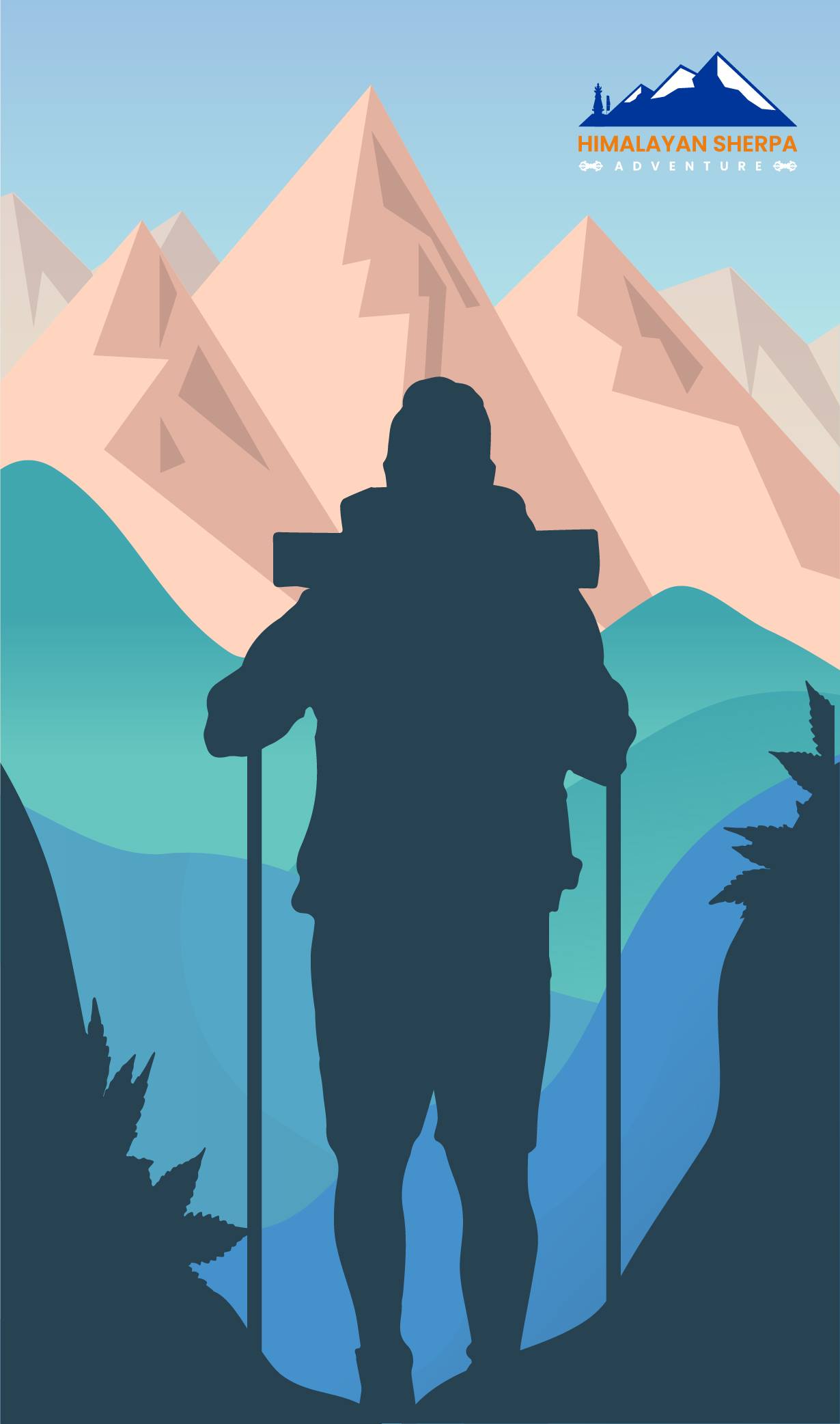
-
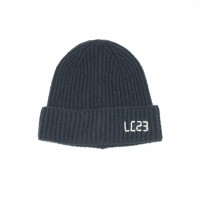
hats/beanie
-
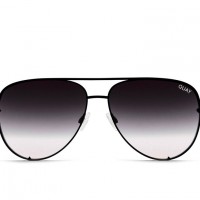
Sunglasses
-
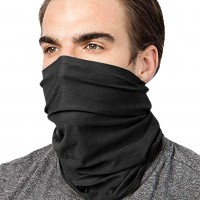
Scarf/Buff.
-

Candies/sweets
-
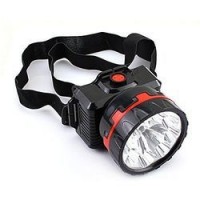
Headlights.
-
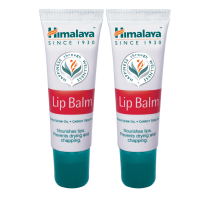
Lip balm
-
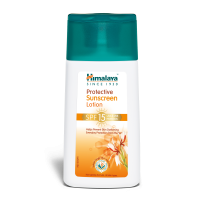
Sunscreen
-
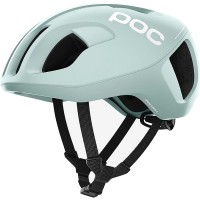
Helmet.
-
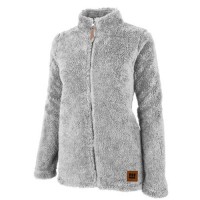
A warm fleece
-
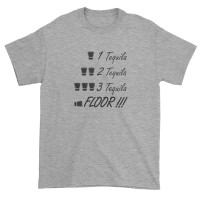
fewT shirts/ long and short sleeve shirts.
-

Daun Jacket
-
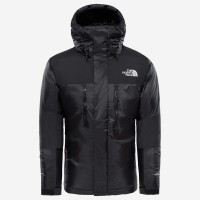
Windstopper jacket
-
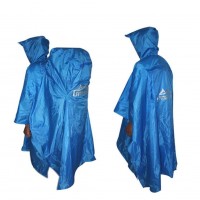
ponchos/Raincoat
-
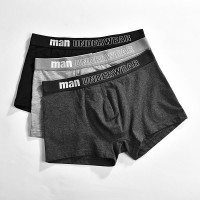
A few pieces innerwear.
-
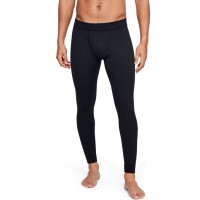
few pairs ski underwear
-
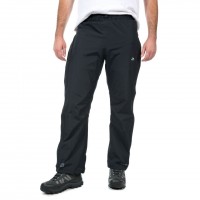
windproof trouser
-
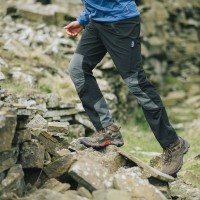
trekking trouser / Hiking Trouser /leggins
-
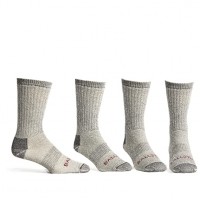
pairs of Trekking Socks
-
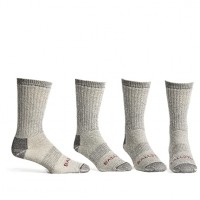
pairs woolen socks.
-

Slipper & Sandals
-
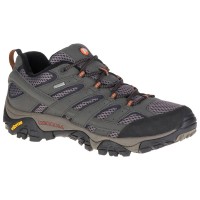
trekking shoes
-
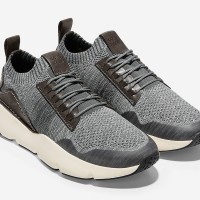
one comfortable shoes
-
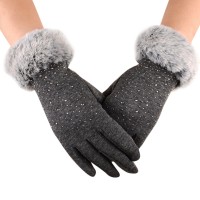
thin gloves & think gloves
-

backpack / Rucksack (waterproof)
-
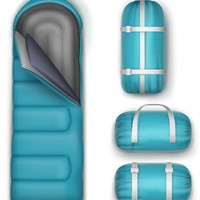
Sleeping bag -10* C
-

Duffel bag
-
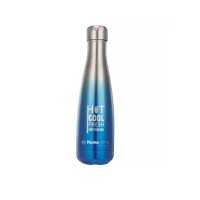
Water bottle
-
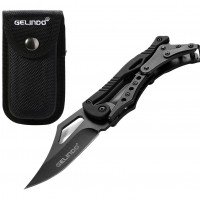
Pocket knife
-
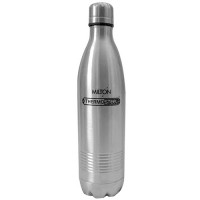
thermos
-
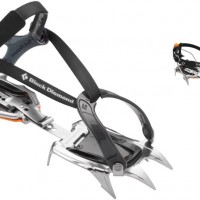
Crampons.
-

Ice Axe.
-
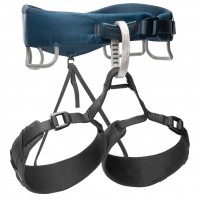
Climbing harness.
-
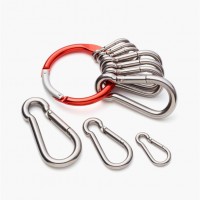
carabiner.
-

Figure Eight.
-

A few pairs prusiks.
-
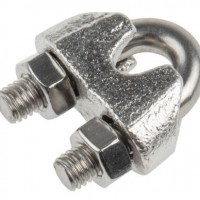
Rope clamp.
-
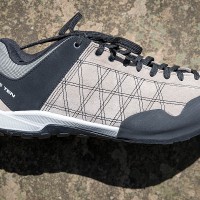
Robust shoes for climbing.
-
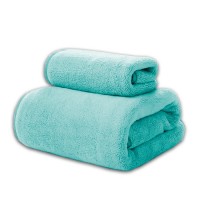
Towel & hand towel
-
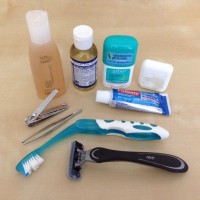
Toiletries
-

Trekking poles

You May Also Like

